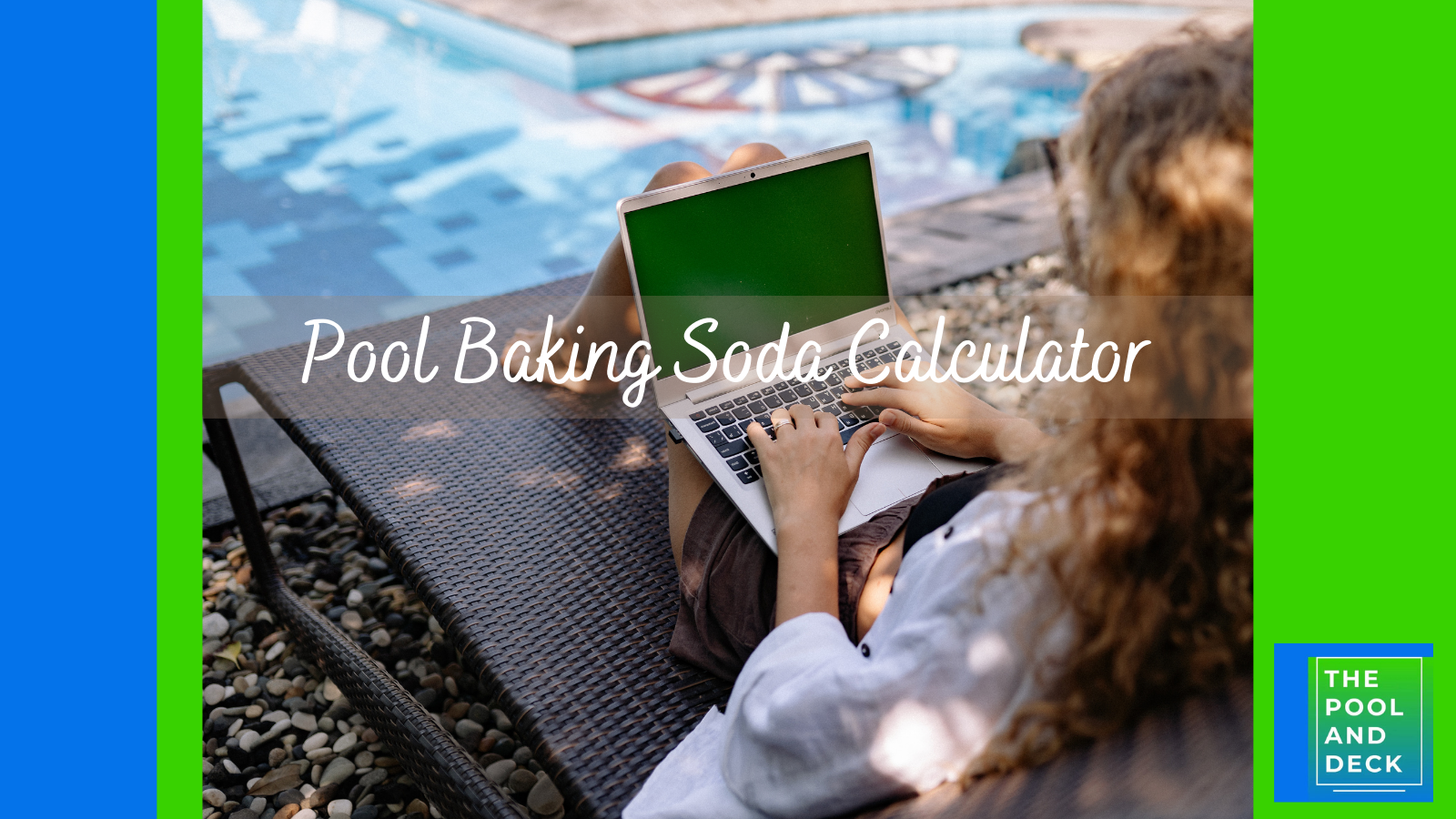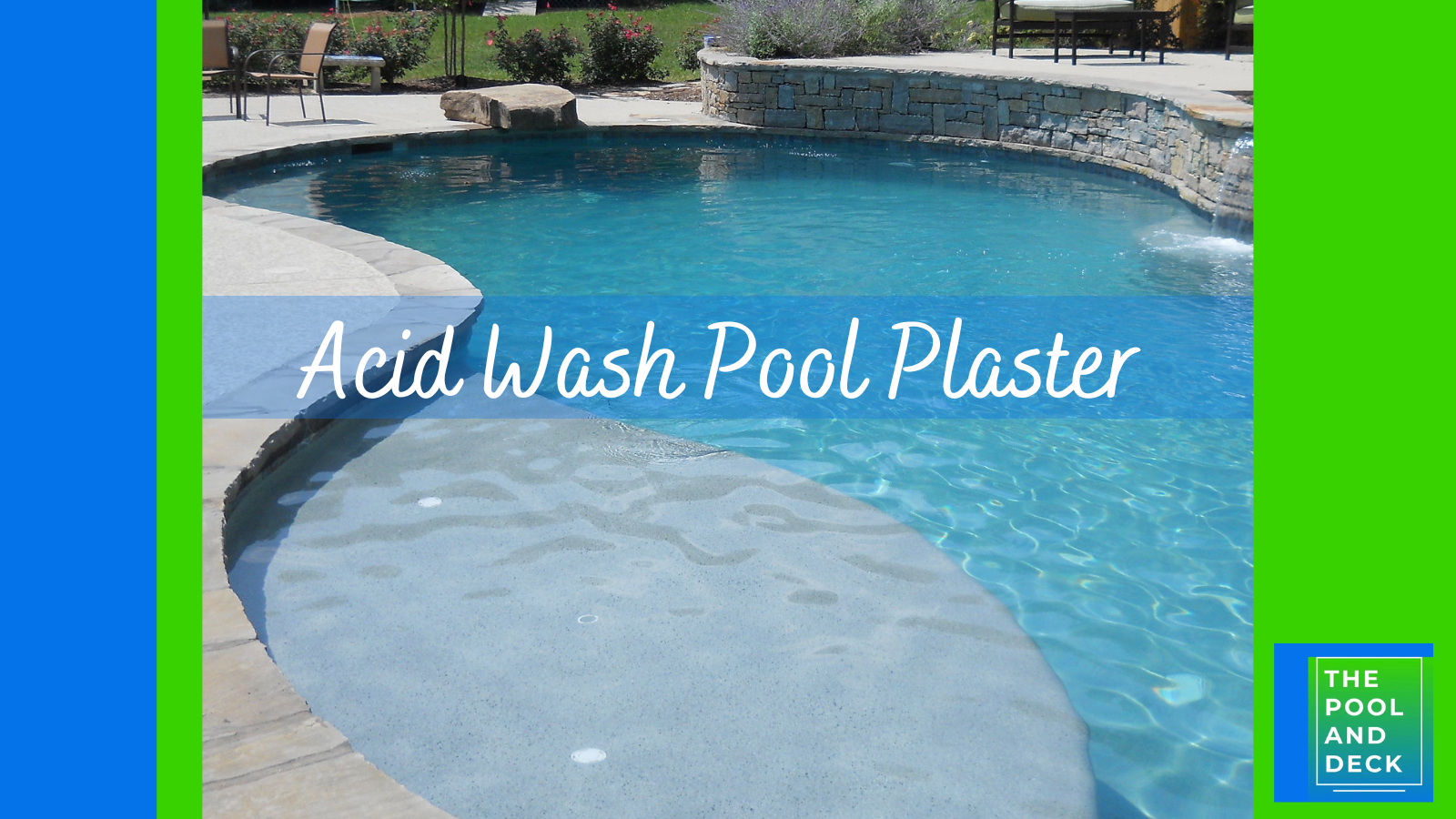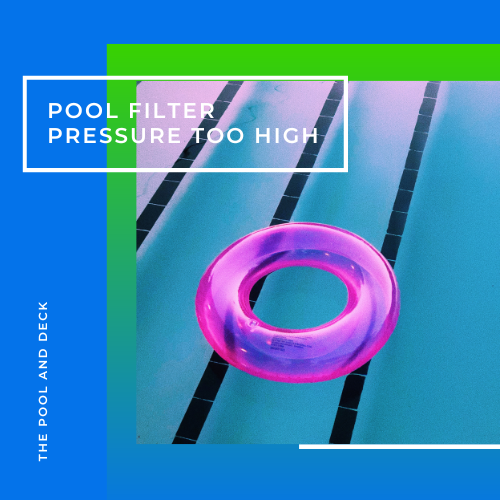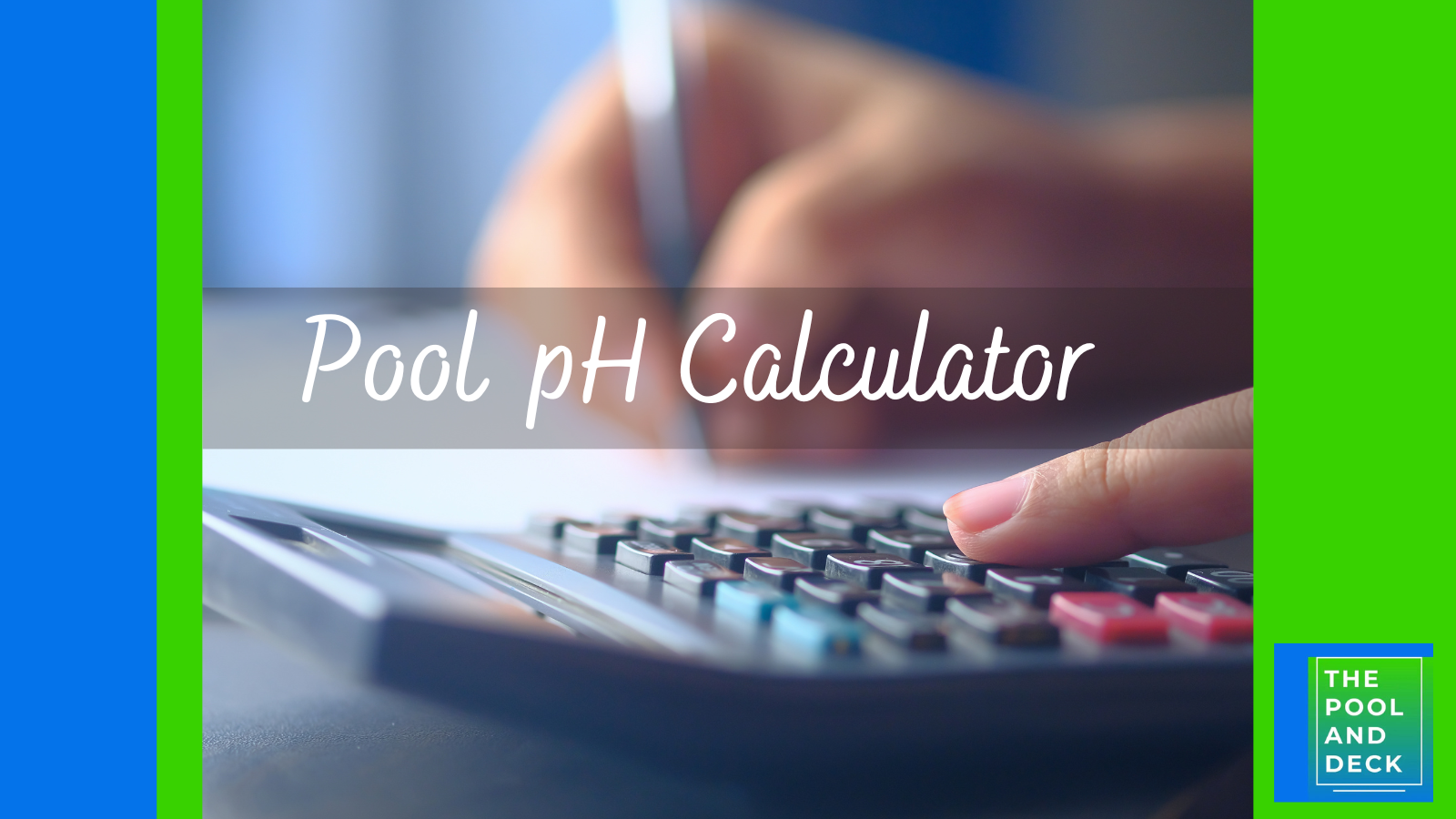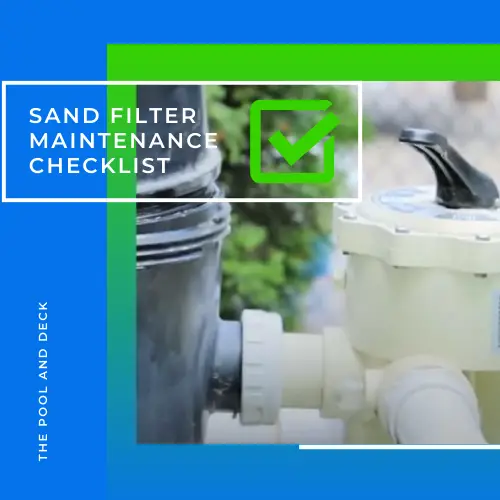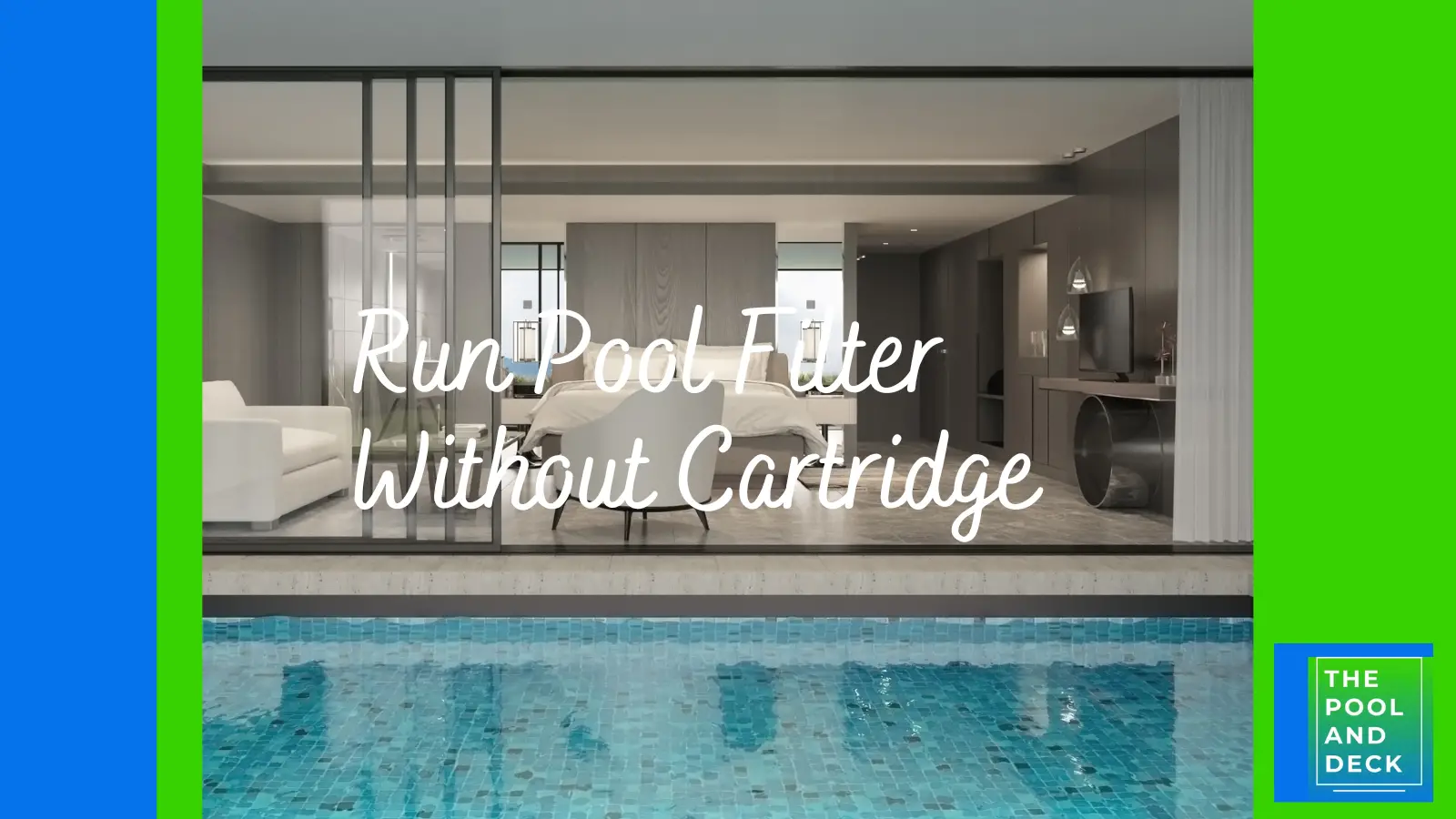Does Shock Raise Cyanuric Acid? (Important Stuff You Need To Know!)
thepoolanddeck.com is a participant in the Amazon Services LLC Associates Program, an affiliate advertising program designed to provide a means for sites to earn advertising fees by advertising and linking to Amazon.com . The website is also an affiliate of a few other brands. The affiliate links never increase your purchase price. We do appreciate your support. Thank you very much!
Table of Contents
Does Shock Raise Cyanuric Acid?
You need to shock your pool every week in the season to ensure it is well sanitized and disinfected. Regular chlorination is of course important but shocking your pool is the “fast and furious” way of killing off most of the germs, bacteria and algae. But Does Shock Raise Cyanuric Acid Levels?
It really depends on the type of pool shock that you use.
- Stabilized Shock such as Dichlor will raise Cyanuric Acid (CYA) Levels.
- Unstabilized Shock such as Liquid Chlorine and Cal Hypo will not raise Cyanuric Acid (CYA) Levels.
- Chlorine Free Shock such as Potassium Monopersulfate (KMPS) will also not raise Cyanuric Acid (CYA) Levels.
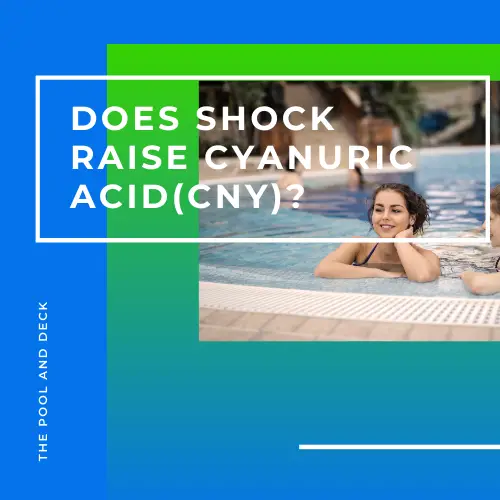
Dichlor Shock and Cyanuric Acid (CYA) Relationship
The full name of the Dichlor shock most commonly used is sodium dichloro-s-triazinetrione. Dichlor is a compound of Chlorine and Cyanuric Acid (CYA). So using Dichlor shock will naturally increase both Chlorine and Cyanuric Acid (CYA) levels.
During the pool shock process most of the chlorine gets spent in sanitizing the pool contaminants and killing off the pathogens & algae. The remaining Free Chlorine (FC) dissipates. Ultimately Free Chlorine (FC) levels fall to the target level of 2-4 ppm.
However, the Cyanuric Acid (CYA) does not go anywhere. It’s role is to protect the Free Chlorine (FC) from the UV rays of the sun. The ideal Cyanuric Acid (CYA) level is 30-50 ppm.
Cyanuric Acid (CYA) levels above 100 ppm are not of much use. If anything, they make Chlorine less effective as a sanitizer & disinfectant. High Cyanuric Acid (CYA) levels can result in “chlorine lock”.
Unstabilized Chlorine Shock and Cyanuric Acid (CYA)
Chlorine is the “sanitizer” and Cyanuric Acid (CYA) is the chlorine “stabilizer”. Cyanuric Acid (CYA) protects the chlorine from being broken down by the UV rays of the sun.
Unstabilized Chlorine Shock, obviously, does not have any stabilizer, read Cyanuric Acid (CYA). So, using Unstabilized Chlorine Shock will, obviously, not add or raise Cyanuric Acid (CYA) level in your pool.
The two most popular Unstabilized Chlorine Shock are:
Liquid Chlorine (Sodium Hypochlorite)
Liquid Chlorine is just a more concentrated form of the household bleach. The active ingredient of Liquid Chlorine is Sodium Hypochlorite, which is also the active ingredient of bleach.
Liquid Chlorine is typically a 12.5% solution of Sodium Hypochlorite in water. The Available Chlorine (AC) at 12%, is reasonably high. One gallon of liquid chlorine will raise the chlorine level of a 10,000 gallon pool by 12 ppm.
Cal Hypo (Calcium Hypochlorite)
Cal Hypo is the commercial name for Calcium Hypochlorite. It is available in a granular form and has a much higher concentration of Chlorine than Liquid Chlorine.
The Available Chlorine (AC) at 65% is pretty high and you need only 1 pound to shock a 10,000 gallon pool. It is a lot more convenient to use but does have some limitations and drawbacks.
Chlorine Free (KMPS) Shock and Cyanuric Acid (CYA)
The key ingredient of Chlorine Free Shock or Non Chlorine Shock is Potassium Monopersulfate (KMPS). KMPS is a powerful oxidizer that will get rid of organic contaminants and clear up the pool water pretty fast.
There is no need for Cyanuric Acid (CYA), as there is no chlorine involved. Using Chlorine Free Shock will, therefore, not raise the Cyanuric Acid (CYA) of your pool.
Having said that KMPS is not effective against algae bloom or germs & bacteria overload from a heavy load of swimmers. A Chlorine Shock is the only solution!
Do Chlorine Tablets Raise Cyanuric Acid?
Chlorine tablets are generally used for regular chlorination so that the pool chlorine level can be maintained at the optimal level of 2-4 ppm. Trichlor tablets and Cal Hypo tablets are most common.
Trichlor Tablets
Trichlor is short for Trichloroisocyanuric Acid or “Trichloro-S-Triazinetrione”. Trichlor, just like Dichlor, is manufactured by the chlorination of Cyanuric Acid (CYA).
So, quite obviously, Trichlor tablets will raise the Cyanuric Acid (CYA) of your pool. However, the increase is not as staggering as that resulting from a Dichlor shock.
Trichlor tablets are designed to dissolve very slowly so that they will last for around a week in the pool. The amount of Cyanuric Acid (CYA) leached into the pool is just sufficient for the low level of Free Chlorine.
There are many ways the tablet can be placed in the pool. Trichlor tablets can be placed in the Pool Skimmer, in Floating Chlorine Dispensers or in an Automatic Chlorinator.
Trichlor tablets are certainly the most convenient way to sanitize your pool on a regular basis. With the Trichlor tablet, you can “set & forget” for a week.
Another advantage is that you can continue using the pool while the Trichlor tablet is steadily sanitizing it. There is no downtime!
Cal Hypo Tablets
If you are concerned about the Cyanuric Acid (CYA) build up from Trichlor tablets, Cal Hypo tablets are an alternative. Cal Hypo tablets are the same as Cal Hypo in granular form except that they are pressed into 1” tablets.
Cal Hypo tablets are unstabilized and will therefore not raise the Cyanuric Acid (CYA) levels of your pool.
Typically, Cal Hypo Tablets are not placed in the pool skimmer or floaters. Instead you must use a specialized feeder. The feeders are designed to spray individual Cal Hypo tablets with water, slowly one at a time, to release the non-stabilized chlorine into the return line.
Trichlor Tablets vs Cal Hypo Tablets
Both Trichlor and Cal Hypo tablets are a good source of chlorine and convenient to use for regular chlorination of the pool. However, each has its own side effect.
Trichlor tablets will raise the Cyanuric Acid (CYA) levels by 0.6 ppm for every 1 ppm increase in Free Chlorine (FC).
Cal Hypo tablets will raise the Calcium Hardness (CH) levels by 0.7 ppm for every 1 ppm increase in Free Chlorine (FC).
For more information on Pool Chlorine Types refer to my post Complete Guide To Pool Chlorine Types. (What Is The Best?).
Recommended Swimming Pool Chemicals
Best Dichlor Granular
Rx Clear Granular chlorine is 99.3% Sodium dichlor with added benefits of containing bactericide, algaecide, and disinfectant. It has a long shelf-life and low odor. Rx Clear is pH neutral and 100% soluble. Order from Amazon using the link below:
Rx Clear Stabilized Granular Chlorine
Best Trichlor Tablets
Rx Clear 3″ Stabilized Chlorine tablets are 99% Trichlor with added benefits of containing bactericide, algaecide, and disinfectant. It is slow dissolving with 90% available chlorine. The dosage is 1 tablet per 10,000 gallons of pool water which lasts for up to one week. Order from Amazon using the link below:
Rx Clear 3-Inch Water Soluble Chlorine Tabs
Best Liquid CYA Free Pool Shock
Champion Liquid Chlorine (Sodium Hypochlorite) Pool Shock (12.5%) is easy-to-use, fast, and effective. This Pool Shock does not have Cyanuric Acid (CYA-stabilizer) and will not result in build-up of scale. Order from Amazon using the link below:
Liquid Chlorine Pool Shock (Case – 4 Gallons) – 12.5% Sodium Hypochlorite
Best Cal-Hypo Pool Shock
Calcium Hypochlorite Cal-Chlor chlorine granules, from In The Swim, provide 68% available chlorine for hard-hitting immediate results! Non-stabilized formula is ideal for super shocking or everyday use as it does not contain any Cyanuric Acid (CYA). Order from Amazon using the link below:
In The Swim Calcium Hypochlorite Chlorine Granular Pool Shock
Thank you very much for reading the post. I do hope you found it informative and helpful.

